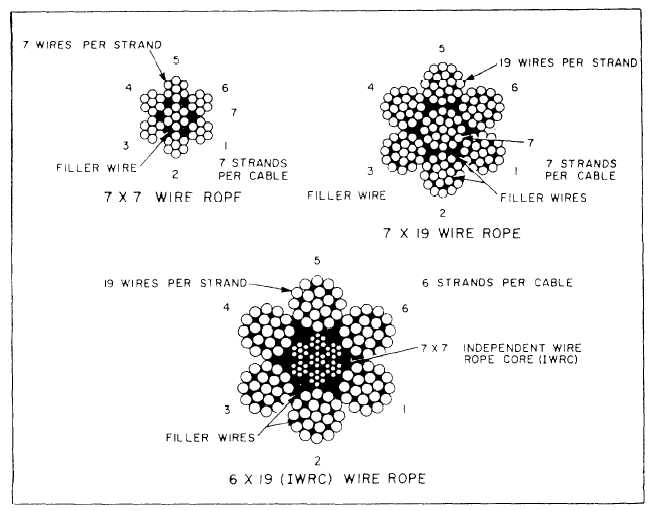Figure 3-23.—Cross sections of wire rope.
WIRE ROPE.—To assist in understanding various
wires. The 7 x 7 construction is used on wire ropes
inspection criteria for wire rope, a basic knowledge of
wire rope construction is required. Each individual
cylindrical steel rod or thread is known as a wire. Each
group of wires twisted together forms a strand. A group
of strands twisted around a central core is known as a
wire rope or cable. A filler wire is a wire used to fill the
voids between wires in a strand and between strands in
a wire rope. They provide stability to the shape of the
strand or wire rope with little strength contribution. Wire
rope construction is designated by two numbers. The
first being the number of strands in a cable, and the
second being the number of wires in each strand. The
following wire rope constructions are used in the
fabrication of aircraft hoisting slings. See figure 3-23.
A 7 x 7 wire rope consists of six strands of seven
wires each twisted around a single core strand of seven
measuring 1/16 and 3/32 inch in diameter. Similarly,
7 x 19 wire rope is constructed with six strands of 19
wires each twisted about a core strand also containing
19 wires. The 7 x 19 wire ropes measure from 1/8 to 3/8
inch in diameter. A 6 x 19 independent wire rope core
(IWRC) cable consists of six strands each containing 19
wires twisted about a core that is of a 7 x 7 construction.
The 6 x 19 (IWRC) wire rope measures from 7/16 to 1
1/2 inches in diameter. During the inspection of a wire
rope, the measurements of the diameter and lay length
(pitch length) often lead to confusion. The diameter and
lay length are defined as follows:
1. Diameter, The diameter of a wire rope is the
diameter of a circle circumscribed around the cable
3-35


